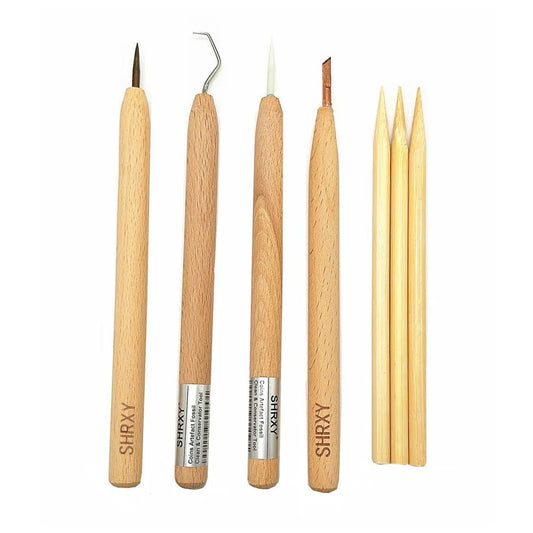🧐 Quiz of the Day: Do you know where the "$" symbol comes from? 💲✨
Share
The symbol "$" is used worldwide today to denote currencies such as the US dollar. But its origins go back long before the United States. Do you know where it comes from?
Question :
Where does the "$" symbol come from?
A) It represents a superposition of the letters "U" and "S".
B) It comes from an old Spanish acronym used for pesos.
C) It represents the Pillars of Hercules, a Spanish symbol.
D) It is an American invention with no historical origin.
______________________________
The correct answer to the quiz is... multiple! 😅
The "$" symbol: a fascinating origin
The "$" symbol, omnipresent in our daily lives, is one of the most recognized currency symbols in the world. But did you know that its origins go back well before the appearance of the American dollar? Here is an overview of its origins, between legend and history.
A marked Spanish influence
The most widely accepted theory about the origin of the "$" links this symbol to Spain and its famous pesos. In the 18th century, Spanish pesos were the currency of reference in international trade, including in North America. According to this hypothesis, the "$" would have been born from the superposition of the letters "P" and "S" to abbreviate "peso". Over time, this combination would have evolved to become the "$" symbol that we know today.
The role of the Spanish coat of arms
Another theory suggests that the "$" originated from the coat of arms of the Spanish Empire, which featured the Pillars of Hercules surrounded by "S"-shaped banners. These pillars symbolized Spanish expansion and power across the Atlantic. This motif was frequently depicted on Spanish coins, and some believe it inspired the shape of the "$."

American Adoption: From Piastre to Dollar
Even before the independence of the United States, Spanish pesos played a vital role in the trade of the North American colonies. These coins, nicknamed "Spanish Dollars," were recognized for their reliability thanks to their pure silver composition and standardized weight. They were so widely used that they served as a reference in local trade, although they were not officially minted in the United States.
In 1792, with the Coinage Act , the United States officially adopted the "dollar" as the national monetary unit. This choice marked a desire to create a single, universal currency to unify the country while relying on a unit already familiar to the colonists. The term "dollar" itself comes from the word "thaler", a European currency widely used at the time, but the symbol "$", for its part, is directly inherited from commercial practices related to Spanish pesos.
A story that remains partially mysterious
While none of these theories are 100% confirmed, they reflect the importance of trade and cultural influences in the history of currencies. Today, the "$" is much more than just a symbol: it embodies global trade and the economic power of the countries that use it.
💬 Did you know this story? Discover other fascinating anecdotes on our blog!
![]() Illustration:
Illustration:
Coin of eight from the Potosí mint , depicting the Pillars of Hercules with "S" ribbons and two "PTSI" monograms
Public domain, https://commons.wikimedia.org/w/index.php?curid=1264487










